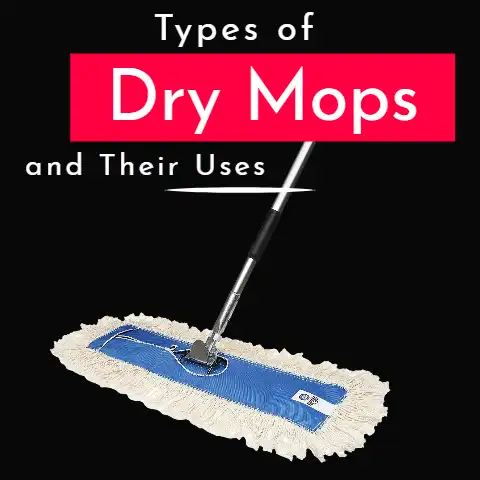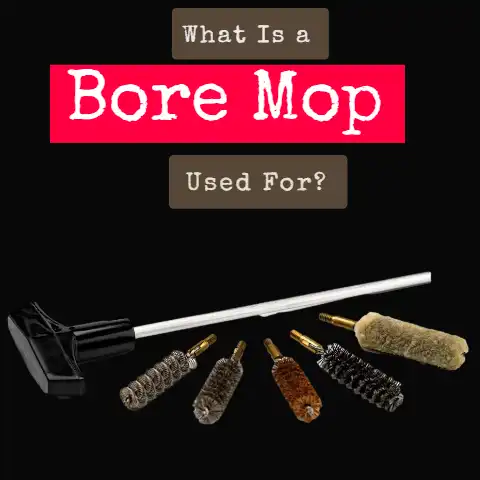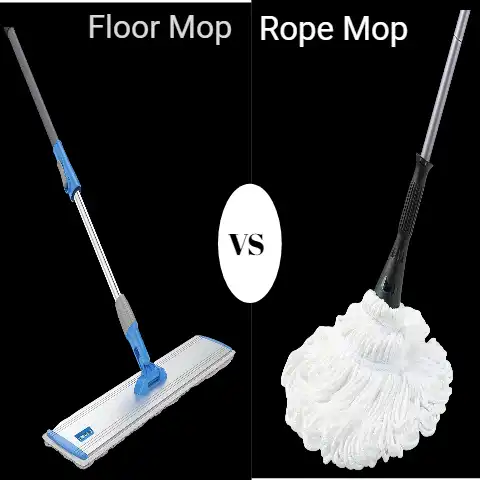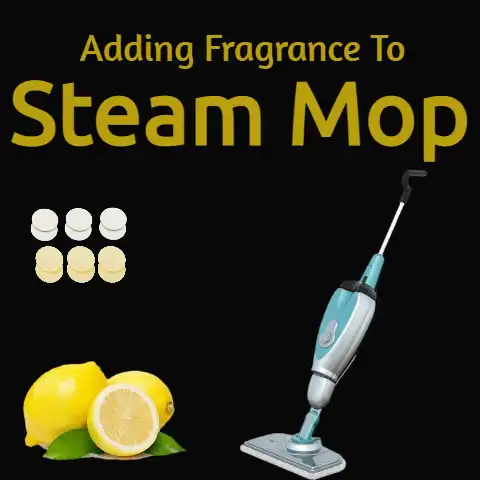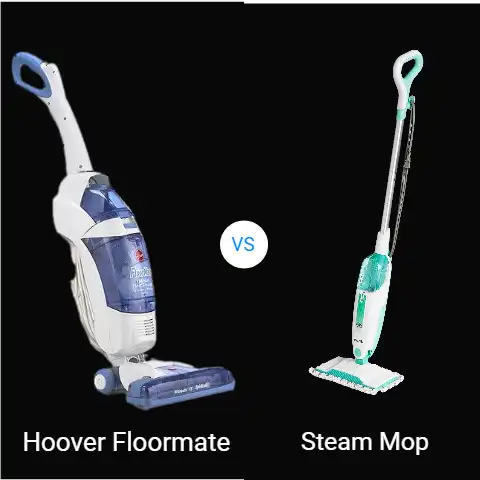Mop Type Matters: Choose Yours Wisely
When it comes to keeping floors clean, having the right mop makes all the difference. With so many types of mops on the market, how do you know which is best for your needs?
In this comprehensive guide, we’ll explore the pros and cons of various mops to help you determine what’s right for your home or business. From string mops to spin mops and everything in between, read on to become a mop selection expert!
Why the Right Mop Matters
Mops may seem straightforward, but small details make a surprising difference when mopping. The mop’s design impacts:
- Cleaning effectiveness – Some mops clean better than others, trapping more dirt, grease and grime.
- Ease of use – Mop shape, weight and maneuverability affect how tiring mopping is.
- Floors/surfaces used on – Some mops work better on tile vs wood or vinyl.
- Absorbency – How much liquid the mop head holds determines frequency of rinsing.
- Streaking & film – Some leave excess water and residue behind.
- Durability and lifespan – Inexpensive mops wear out faster.
Consider your floors, usage amount, desired results and physical needs when choosing. It’s worth investing in a quality mop suited for your situation.
Types of Mops Compared
There are 5 main types of mops to choose from:
String Mops
This common mop has yarn or cloth strips that absorb water and cleaning solution. String mops come in cotton, microfiber, blended materials or disposable versions.
Best for:
- Tile, vinyl, sealed hardwood
- Wet mopping floors
- All-purpose cleaning
- Reaching corners and crevices
Pros:
- Inexpensive
- Simple to use
- Usually very absorbent
Cons:
- Can leave strings & lint
- Develop mildew odors
- Difficult to thoroughly rinse out
Ideal models: O-Cedar Dual-Action Microfiber Mop, Turbo Microfiber Mop
Sponge Mops
These have a removable sponge head attached to a pole. Dense cellulose or synthetic sponges scrub dirt away.
Best for:
- Sealed tile and vinyl
- Smaller spaces like bathrooms
- Wet mopping only
Pros:
- Good cleaning power
- Angled design reaches corners
- Disposable heads available
Cons:
- Not for wood floors
- Sponges hold dirt and smells
- Fall apart over time
Ideal models: O-Cedar Heavy Duty Sponge Mop, Lysol dual-sided scrub sponge mop
Spin Mops
Spin mops have a microfiber head that attaches to a pole with a spinning mechanism. After wet mopping, you twist the pole handle to wring out excess water.
Best for:
- Tile, sealed floors
- Larger areas
- People with mobility issues
Pros:
- No need to kneel down
- Roller presses out water
- Lightweight microfiber
Cons:
- Too large for tight spaces
- Moves furniture around
- Parts may break over time
Ideal models: O-Cedar EasyWring Spin Mop, Hurricane Spin Mop
Steam Mops
As the name suggests, steam mops use heat and steam to sanitize sealed hard surface floors with minimal chemicals. Built-in water reservoirs heat up to create steam.
Best for:
- Ceramic tile
- Vinyl
- Sealed stone floors
- Cleaning stuck-on messes
Pros:
- Chemical-free cleaning
- Disinfects floors
- Loosens tough grime
Cons:
- Not for wood floors
- Floors stay wet longer
- Heavy models
Ideal models: Bissell PowerFresh Slim Steam Mop, Shark Genius Steam Pocket Mop
Robot Mops
The most high-tech option, robot mops glide over floors when programmed, scrubbing and vacuuming messes with little effort. These rechargeable machines have sensors and self-cleaning pads.
Best for:
- Tile, vinyl, sealed stone
- People with limited mobility
- Low-effort, frequent mopping
Pros:
- Cleans independently
- Consistent coverage
- Saves physical strain
Cons:
- Very expensive
- Still some manual effort
- Learning curve to operate
Ideal models: iRobot Braava Jet M6, Ecovacs Deebot Ozmo T8
Now that you know the pros and cons of each style, it’s easier to determine your perfect mop match. But first, let’s go over what exactly makes an excellent mop.
What to Look for in a Mop
Beyond the mop heads themselves, keep these factors in mind while shopping:
Mop Handle & Pole
The pole and handle impact comfort and function. Seek poles that extend to the appropriate height for your frame. Taller people need longer mops.
Plastic poles are lightweight but may crack over time. Stainless steel and aluminum mop poles support more weight without snapping. They prevent rust despite water exposure.
Good mop handles have an easy grip shape made of rubber, plastic or foam. Ensure they attach securely to mop heads and poles.
Adjustable handles allow you to customize the angle. An articulating design makes mopping edges and under furniture easier.
Weight
In general, lighter is better when mopping. Heavier types like industrial string mops fatigue muscles quickly. This causes people to skip mopping due to exhaustion!
Newer microfiber mop heads are effectively feather-light. But water weight still plays a role, so wringing out excess liquid keeps your mop maneuverable.
Maneuverability
It’s key to choose a mop you can nimbly move around furniture and into corners. Judges mops in store by swiveling and tilting them. If the pole hits walls or has stiff rotation, it’s a poor design.
Pivot heads offer even greater range of motion without needing elbow grease. Just press a button or foot pedal to make their heads flip 180 degrees.
Absorbency
Absorbent mop heads pick up spills, capture dirt and prevent streaks better. Terry cloth and microfiber mops soak up substantial liquid.
For most uses, moderately thirsty is ideal to limit overflow and excess drips. Sponges tend to over-saturate, while disposable pads stay too dry.
See how much water different mop heads retain before needing a rinse. Too frequent wringing hampers cleaning progress.
Durability
Cheap mops fall apart quickly with regular use. Their heads get mangy and materials degrade faster.
Spend a little more for quality that endures. Solid mop handles withstand vigorous mopping without loosening or cracking.
Reinforced mop head bands prevent stretching or tearing over time. Stitched fabric borders add stability so materials don’t rip loose.
Choose Floor Type First
Now we’ll explore how flooring plays into mop selection. Certain styles work better on specific surfaces.
Tile & Stone Floors
The durable, non-porous nature of tile, stone, concrete and similar floors allows nearly any damp or wet mop type.
For scrubbing power, sponge or steam mops lift stuck-on crumbs and residue from grout. Soft microfiber or rayon loosens surface dirt without scratching.
Disposable mops also prevent cross-contamination in hospitals, restaurants and other settings.
Vinyl & Linoleum Floors
Sheet vinyl and linoleum stand up well to water. String, sponge, steam and spin mops all tidy these floors thoroughly.
VCT vinyl tile depends on if it’s sealed or wax coated. Sealed tile accepts most mops, but waxed floors show scuffs and marks more. Use softer mop heads here.
Laminate & Engineered Floors
These wood-based floors have more delicate protective layers than tile or vinyl. To avoid damaging them:
- Use only damp mopping, not saturated wet mops that seep liquid into seams.
- Microfiber mops with soft, fuzz-free materials are ideal to prevent fine scratches.
- Choose low-moisture steam mops if disinfecting for hygiene.
Hardwood Floors
Genuine hardwood is prized but temperamental. Prevent harm to its finish by:
- Dry mopping with a microfiber mop or dry dust mop treatment often.
- Only damp mopping occasionally with very wrung-out mops. Excess moisture damages wooden subfloor.
- Using finish-safe floor cleaners and wood-friendly steam mop settings.
Hardwood is also more prone to dulling, warping and stains over time with improper care. Take a gentle approach!
Carpeted Floors
While mops don’t replace vacuuming carpets, they have a place for spot cleaning stains after spills and accidents.
Delicate microfiber mops absorb liquid without soaking padding beneath. Mix warm water with minimal carpet cleaner to lift spots.
Steam mops also sanitize carpets using heat alone. Ensure moisture settings are low to avoid shrinkage or mold issues.
Specialty & Industrial Mops
Beyond routine floors, robust mops take on heavy-duty cleaning:
Warehouse/Garage Floors – Rinse-free mops with push brooms quickly sweep up dirt, sand and liquids without added moisture.
Commercial Kitchens – Highly absorbent cotton and microfiber mops stand up to grease and food spills.
Hospitals – Frequent disinfecting with germ-killing steam mops or disposables containing antimicrobial elements prevents spread of illnesses.
Janitorial Services – Durable string mops hold up through daily multi-hour use across various clients and floor types.
Schools/Institutions – Allergen-fighting microfiber and disposable mops limit allergy issues for kids and those with sensitivities.
With the proper mop, even extensive indoor and outdoor surfaces stay presentable with less effort.
Caring for Your Mop
To maximize any mop’s lifespan:
- Rinse Thoroughly – Remove all dirt, debris, cleaning solutions and moisture after mopping. Mildew ruins mops!
- Air Dry Properly – Hanging mops upside down ensures water doesn’t sit in materials.
- ** Wash Regularly** – Sanitize microfiber pads in washing machine monthly. Use bleach for string and sponge mops.
- Inspect for Damage – Replace loose staples, torn fabric or cracked plastic handles.
- Consider Extras – Wet mop pads, abrasive scrub brushes and secondary mop buckets allow customized cleaning.
With regular TLC, quality mops operate better for years instead of months!
Still Unsure? Tips for Deciding
If choosing the perfect mop style still seems overwhelming, simplify it with these tips:
** Cleaning Frequency**
- Casual (1x week): String mop
- Moderate (2-3x week): Spin/steam mop
- Heavy (Daily): Sponge or commercial mop
Space Size
- Compact: Sponge mop
- Medium: String or spin mop
- Large: Spin mop or robot
Floors to Clean
- Tile/Vinyl: String, sponge or spin mop
- Hardwood: Microfiber mop
- Multi-surface: String or spin mop
Physical Ability
- Good mobility: String or spin mop
- Balance issues: Sponge or robot mop
- Hand strength lacking: Spin mop wrings for you
See how easy finding the ideal mop becomes when you break down the basics?
Time to Make Your Mop & Bucket Dreams Come True!
You’re officially prepared to select mops with confidence and efficiency. Keep floor types, frequencies and square footage in mind as you shop.
Soon you’ll have sparkling floors that impress family and visitors alike thanks to your new cleaning companion!
With a little trial and error, you’ll fine-tune a customized mopping routine for each area of your home. Don’t hesitate to switch up pads and solutions until you discover tried-and-true combinations.
Most importantly, take pride in maintaining tidy floors that make your indoor environment healthier and happier. That alone makes any mop investment 100% worthwhile.

